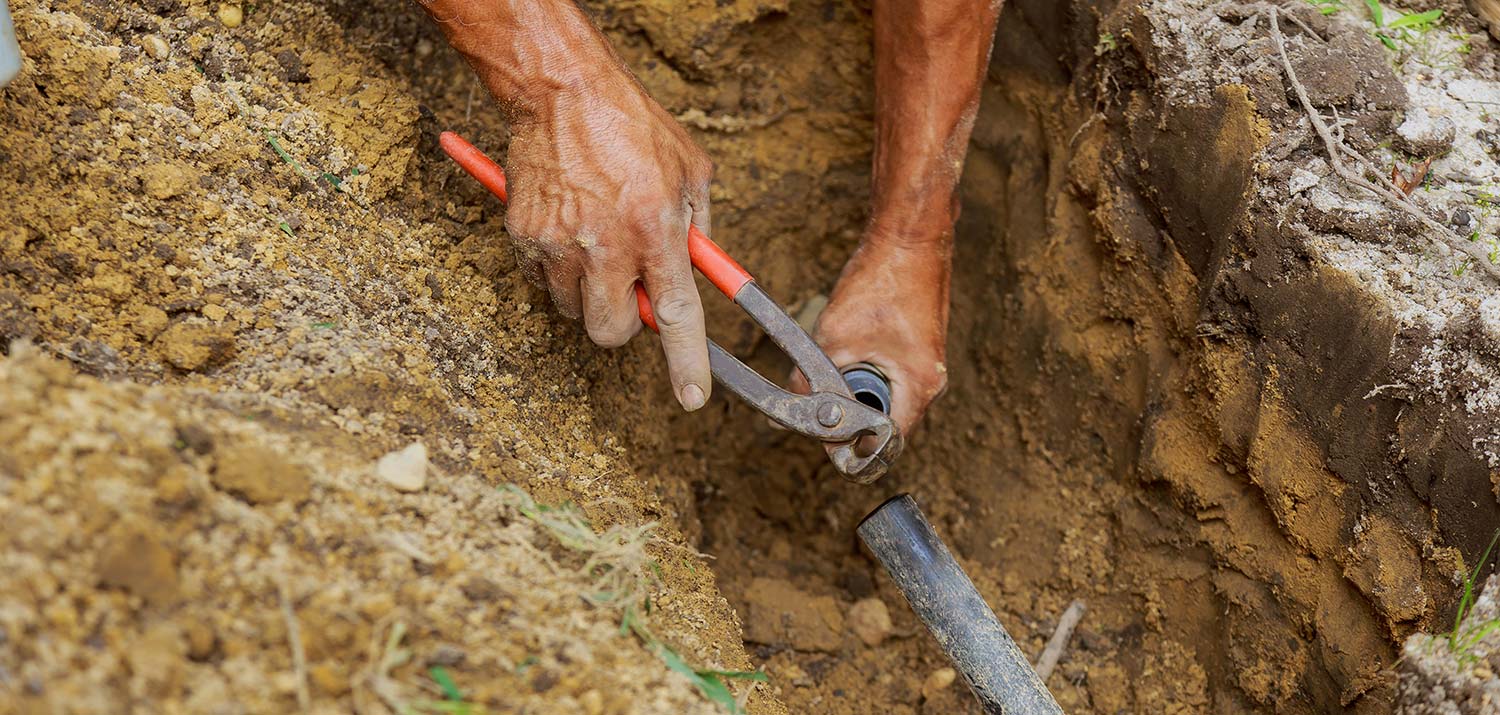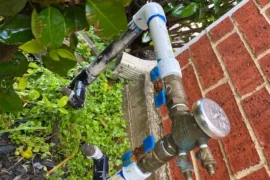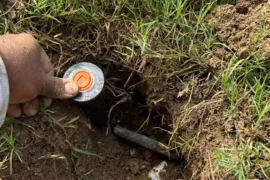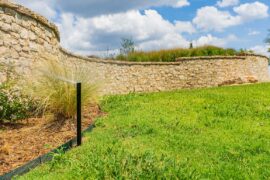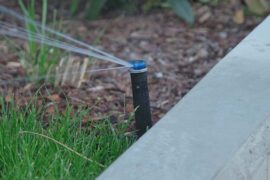Considered to be an integral part of the irrigation system, solenoid valve can literally make or break the performance of your sprinkler system. This nifty small device controls the operation of the sprinkler. It controls when to turn the sprinkler system on and when to turn it off and how much water to release. Automated irrigation is seamless and hassle-free with this small, electrically controlled valve. Let’s understand the importance and working mechanism of this valve and how the efficiency of the sprinkler system depends on it.
Working of the solenoid valve in the irrigation system
There are specific irrigation zones, for which a solenoid valve acts as the gatekeeper. The valve controls the flow of water. It uses an electromagnetic coil to move a small plunger inside the valve body. When electricity passes through the coil, the plunger lifts, thereby allowing the pressurized water to pass through and reach the sprinkler pipes. When the power is off, the valve closes with a spring-loaded diaphragm, and stops the water flow.
No power means no water. The solenoid valve operations rely on signals from the irrigation controller. The latter determines when to open and close it. Without this automated system, you would have to manually operate each sprinkler zone. That would be very inconvenient.
The significance of a solenoid valve
- Water Conservation – A solenoid valve controls precise watering times, preventing runoff and overwatering. When paired with smart irrigation controllers, it can adjust the water flow and timing based on soil moisture levels and general weather conditions.
- Zoning Facilities – Water requirements across different areas of the landscape are not the same. For example, rotor sprinklers are best used for areas that need more water. However, drip irrigation is best suited for delicate plants. With solenoid valves in place, the system can supply water to each zone separately, based on its requirements.
- Convenience with Automation – Automatic irrigation is possible thanks to solenoid valve. You only need to set a watering schedule on the irrigation timer, and the valve handles the rest. There is no need to operate the main valve manually.
- Prevents System Damage – With a properly functioning solenoid valve, only the required water pressure is released. Excess pressure can cause pipes to burst, fittings to crack, and sprinkler heads to leak.
Variants of solenoid valves used in irrigation
Solenoid valves vary depending on the irrigation setup.
- Normally closed valves (NC)–These valves will not start operating until the controller sends a signal. Most residential irrigation systems use this type.
- Normally open valves (NO) – These valves remain operational if the power supply is active. They are not commonly used and are suited for applications needing a stable flow of water.
- Pressure-Regulating valves – These valves are best suited for high-pressure regions. These valves ensure the proper PSI reaches your sprinkler heads. This helps avoid scattered lawn watering as well as misting.
- DC latching valves–These valves are meant for use in battery-operated irrigation controllers. They are highly energy-efficient because they do not require a continuous electrical supply to remain open, making them ideal for remote locations.
Tips to maintain a solenoid valve
Extend the lifespan of irrigation solenoids with proper maintenance and avoid expensive repairs. Follow these tips:
- Check the wiring connections–Check if the solenoid wires are in good shape and they are not corroded. Poor wiring is the reason behind frequent failures.
- Check for any debris – The diaphragmor plunger may become choked with sand, dirt and small particles. Open and check the valve and then clean it well.
- Check the water pressure – If the valve is not opening properly, it could be for low pressure in the irrigation zone.
- Replace old solenoids–Issues such as zones not activating or irregular watering times may hint at a failing solenoid unit. If repairs don’t work, replacement is what you need.
Summing it up
In automated irrigation systems, the solenoid valve plays a key role. But it often goes unnoticed. By regulating the right pressure and water flow, it ensures that each sprinkler zone receives the right amount of water supply at the right time. Whether you have a smart irrigation setup or a general lawn sprinkler system, use this valve to maintain a lush and healthy lawn.
Avoid irrigation failures and expensive water leaks with timely repairs, quick, troubleshooting, and proper maintenance.

